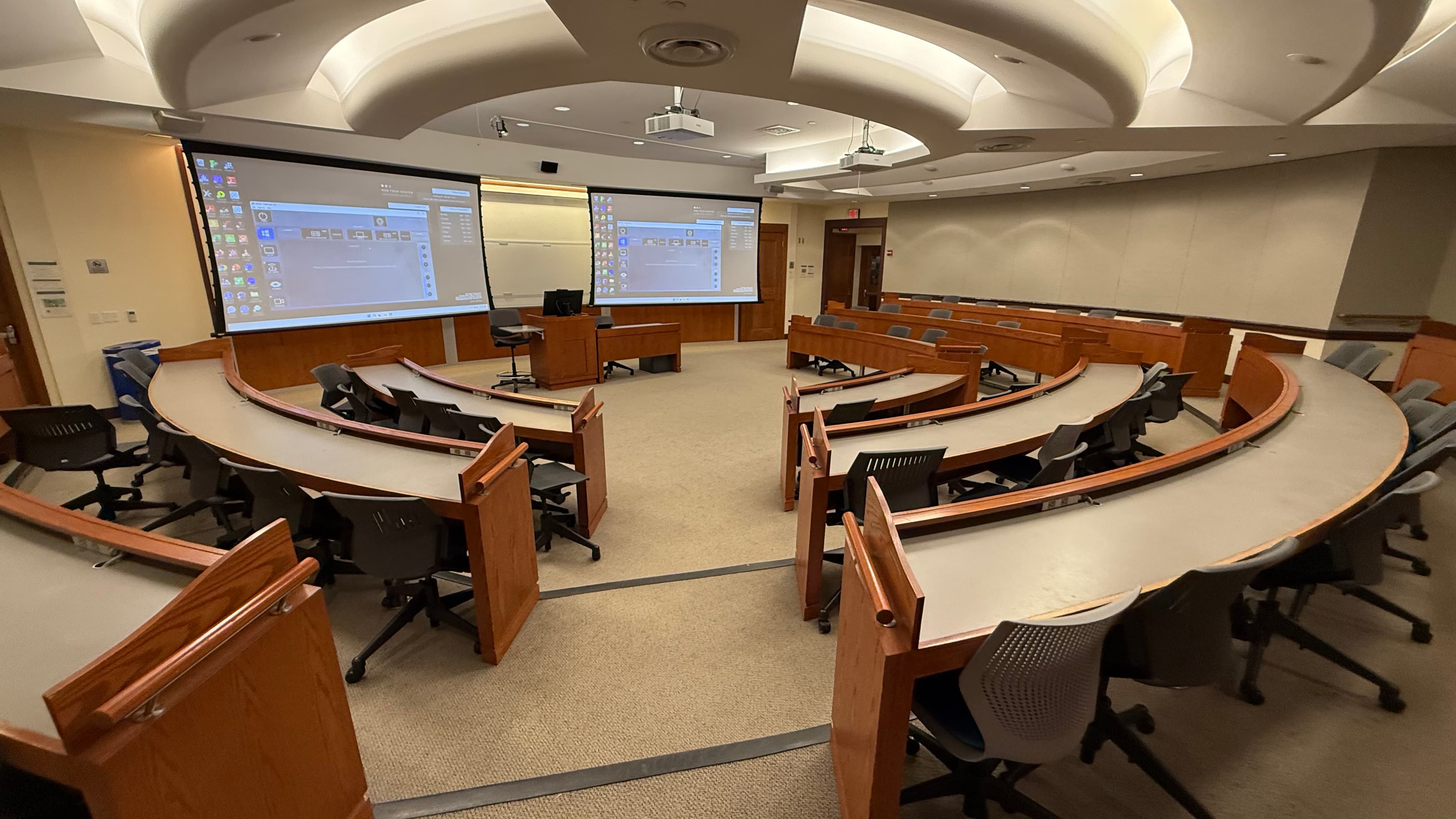
← Back to Block 13 Program
Toward a Common Lexicon for Harmful On-Chain Activities
October 17, 2025
10:45 - 12:15
Hariri Building - Room 240
FASESession Overview
Developing a standardized, open-source lexicon for harmful on-chain activities to bridge the gap between policy goals and technical reality. This session addresses the critical need for consistent definitions across jurisdictions and VASPs, covering activities from market manipulation and rug pulls to phishing scams, while creating a practical framework that enhances user protection, improves compliance efficiency, and enables better global collaboration between regulators and law enforcement.
Agenda
1. Introduction & Objectives
• Ultimate Goal: Build a practical and dynamic database of typical harmful activities in crypto-asset markets
• Two Fundamental Challenges:
- Establish a Common Language: Define and classify harmful activities to enable effective collaboration
- Standardize the Information to Record: Determine what information should be recorded for each activity
• Context: Market manipulation and fraud are prevalent in crypto but methods are diverse and dynamic. This ambiguity hinders collaboration between public agencies and private participants (VASPs, protocol developers) on user protection and ecosystem integrity.
• Session Aim: Lay groundwork for a practical operational tool, not establish legal definitions. Will begin with short presentation from blockchain analytics firms (TBC).
2. Discussion Point 1: Defining a 'Common Language'
• Core challenge: (1) Agree on high-level classification framework, (2) Standardize specific names for harmful activities
A) The Typology Framework
- Draw parallels with traditional finance models (e.g., market abuse regulations) but recognize limits
- Blockchain's unique technical features create novel harms that don't fit traditional categories
- Challenge: Develop framework grounded in established principles yet flexible for evolving threats
B) The Naming Convention
- Same harmful activity often called by different names among regulators, industry, and analytics firms
- Grouping approach:
• Harms with Clear Traditional Analogues: Market manipulation (wash trading, spoofing), fraud (rug pulls, phishing), misappropriation of customer assets, deceptive user interfaces
• Crypto-Native Harms & Structural Risks: Abuse of admin/governance privileges, malicious MEV exploitation, governance attacks, systemic risks from oracle/bridge dependencies, protocol design flaws, opaque/risky tokenomics
• Key Questions:
- On Typology: How to balance established concepts from traditional finance with new crypto-native categories?
- On Naming: What basis for common names? Prioritize traditional finance terminology or create crypto-native terms?
- On Prioritization: Which activities to prioritize initially? Focus on clearer harms first, set aside complex topics (e.g., money laundering)?
3. Discussion Point 2: Standardizing the 'Information to Record'
• Need: A 'living' resource that is continuously updated, not a static document
A) Potential Structure & Content
- Typology of Methods: Classify by technical characteristics, on-chain transaction patterns, off-chain activities
- Impact: Document consequences (user losses, market integrity damage, trust erosion)
- Indicators for Detection & Analysis: Describe on-chain/off-chain patterns for identifying activities
B) Governance and Operations
- Clear operational model needed: contribution processes, review/validation, version control
- Cross-walk between resource terminology and proprietary analytics firm labels
• Key Questions:
- What core information should be recorded? What's the minimum to standardize for improved collaboration among stakeholders?
- How to create a 'cross-walk' mapping resource terminology to proprietary analytics labels?
- What's a practical, sustainable governance model? Who contributes and how does review work?
- Looking ahead to BGIN's Agentic AI: What should we consider for future application?
4. Goals for This Session
• Agree on basic approach for common classification framework (the 'common language')
• Identify core components for the database: Key information items to record (typology, impact, detection indicators)
• Define Next Action Plan: Outline next steps for developing framework and database
Session Chair & Main Contributor
Main Contributor
Takuya Kobori
Venue Details
Location: Hariri Building - Room 240
Working Group
FASE
Financial Applications & Social Economics
Examines financial applications, stablecoins, and socio-economic impacts of blockchain technology
Chairs:
- Chloe White
- Joseph Beverley
Related Projects
- Common Lexicon for Harmful On-Chain Activities
Contact Info
bgin_admin@bg2x.org
© Copyright 2023 by BGIN